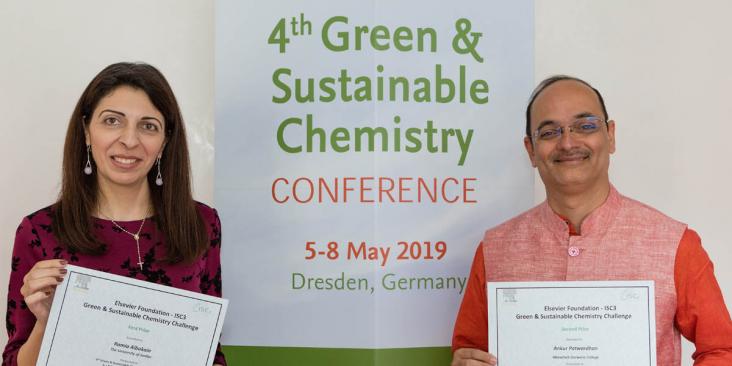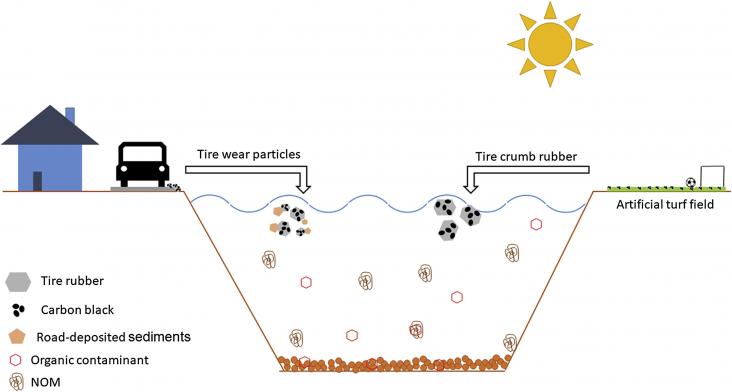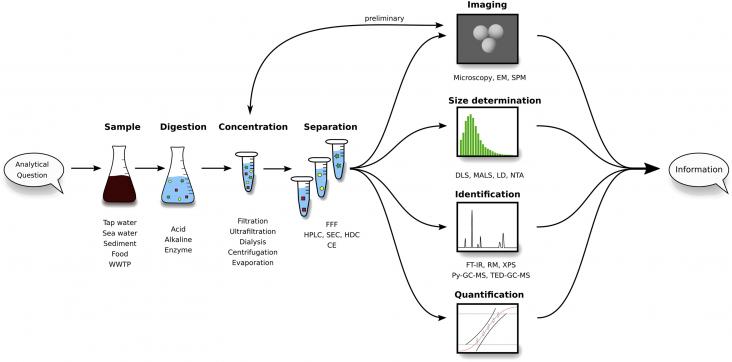Rising demand for renewable resources has increased silage maize (Zea mays L.)production characterized by intensive soil management, high fertilizer and pesticide inputs as well as simplified crop rot
Anthropogenic climate change is altering the functioning of terrestrial ecosystems.

This article highlights the winning proposals of the fourth edition of the Elsevier Foundation Green & Sustainable Chemistry Challenge. The winning proposals were chosen for their innovative green chemistry aspects and their large positive impact on the environment, contributing to SDGs 6, 13 and 15.
The presence of small plastic particles in the environment, reported for the first time in the 1970's, has only recently been recognized as a global issue.
At the 21st session of the United Nations Framework Convention on Climate Change (UNFCCC, COP21), a voluntary action plan, the ‘4 per 1000 Initiative: Soils for Food Security and Climate’ was proposed
It has long been established that the spatial scale of inquiry affects the ecological patterns that are revealed.
PET is a ubiquitous material because of its robust properties. Today, less than 30% of PET bottles and few carpets are recycled in the United States, leading to the majority of PET being landfilled.
Although the study of the effects of microplastics increased in the last years, terrestrial ecosystems remain less studied.

Tire materials are a significant proportion of the (micro)plastics in the environment that until today have been clearly overlooked.

